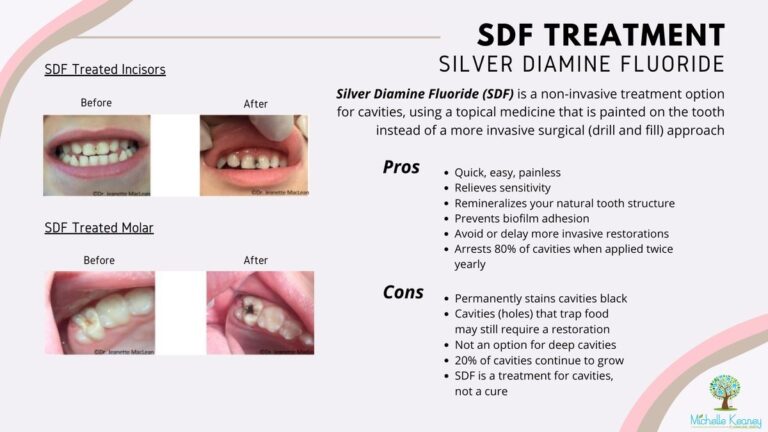In the bustling metropolis of New York, a recent study sheds light on an accessible and cost-effective method to combat tooth decay among elementary school students, marking a major advance in the field of pediatric dentistry. Led by Ryan Richard Ruff, assistant professor at NYU School of Dentistry, this groundbreaking research reveals that silver diamine fluoride (SDF), a simple treatment for sensitive teeth, stands shoulder to shoulder with dental sealants in preventing tooth decay over time. four years. The implications of these findings could transform the approach to dental care for children, especially in the school setting.
A closer look at the study
The study, published March 4 in JAMA Pediatrics, began a journey to compare the effectiveness of SDF versus the traditional method of dental sealants in preventing tooth decay in a group of 4,100 New York City students. Remarkably, both treatments prevented 80% of cavities and halted the progression of 50% of existing cavities during the four-year follow-up period. This research not only highlights the potency of the SDF in cavity prevention, but also its feasibility to be implemented by school nurses, potentially democratizing access to dental care for children from diverse socioeconomic backgrounds.
Unpacking the benefits
The study’s implications are far-reaching, offering a beacon of hope for strengthening oral health equity among children. The ease of implementation of the SDF by non-dental professionals such as school nurses could greatly expand the reach of preventive dental care, addressing oral health disparities head on. In addition, the US Centers for Disease Control and Prevention (CDC) champions school sealant programs as a cost-saving initiative, estimating that sealing a single tooth can prevent over $11 in dental costs. With the emergence of SDF as a viable alternative, schools, particularly those serving low-income communities, have a powerful tool at their disposal to prevent more than 3 million cavities and save up to $300 million in dental treatment costs.
Equity in oral care
This study not only highlights the effectiveness of SDF but also advances the debate about equity in oral care. By enabling school nurses to administer SDF, the research suggests a scalable and sustainable model for cavity prevention programs. This approach could play a critical role in bridging the gap in access to dental care, particularly for the nearly 7 million low-income children currently underserved by traditional dental health services. The findings serve as strong support for incorporating SDF into school-based health initiatives, promising a brighter, healthier future for children’s oral health.
Essentially, the research conducted by Ryan Richard Ruff and his team at the NYU School of Dentistry not only confirms the effectiveness of silver diamine fluoride as a formidable opponent against tooth decay, but also supports a more comprehensive, accessible and cost-effective approach to pediatrics. DENTAL CARE. As this groundbreaking study gains traction, it has the potential to revolutionize preventive dental practices by ensuring that children, regardless of their economic background, have a chance to fight tooth decay.


